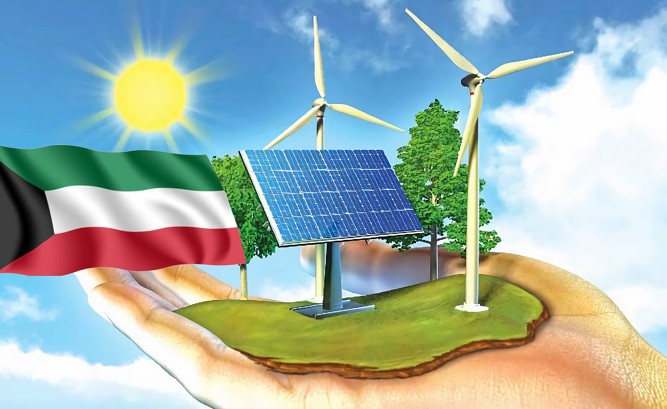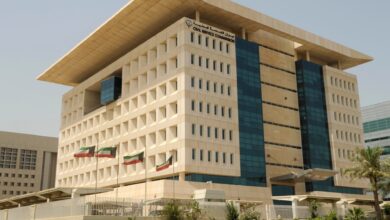
-
The Ministry of Public Works opened bids in July for the re-tendered wastewater treatment plant project in South Al-Mutlaa, which has a capacity of 400,000 cubic meters per day.
-
American engineering company KBR had secured a consulting contract from Kuwait Oil Company to develop a national master plan for producing 17 gigawatts of renewable energy and 25 gigawatts of green hydrogen by 2050.
MEED magazine reported that, as of July 2024, Kuwait has $6.8 billion worth of power generation and distribution projects in the tendering phase, with an additional $17.6 billion in planned projects, according to Al Anba newspaper.
The magazine added that there are numerous water desalination, treatment, storage, and transmission projects, estimated at $1.8 billion and $4 billion, in the tendering and planning stages, respectively. This includes two independent power generation projects—North Al-Zour 2 and 3—and an independent solar power project in Shagaya, with a capacity of 1.1 gigawatts.
MEED indicated that other major power generation projects in Kuwait include the independent power generation project in Al-Khiran 1 and the Nuwaiseeb power and water project, which will be implemented using the engineering, procurement, and construction (EPC) system.
The magazine also noted that the Ministry of Public Works opened bids in July for the re-tendered wastewater treatment plant project in South Al-Mutlaa, which has a capacity of 400,000 cubic meters per day.
The magazine stated that the increase in project activity benefits energy and water projects worth billions of dollars. It also added that last month, American engineering company KBR announced it had secured a consulting contract from Kuwait Oil Company to develop a national master plan for producing 17 gigawatts of renewable energy and 25 gigawatts of green hydrogen by 2050.
The magazine regarded this project as one of the largest renewable energy and green hydrogen initiatives ever announced in Kuwait.
The magazine quoted KBR as stating that the renewable energy capacity will be tied to the production of green hydrogen for both domestic industrial use and export purposes.
KBR described this as a significant development that propels Kuwait toward serious implementation of its energy diversification agenda, following years of stagnation that had delayed the launch of renewable energy projects. Currently, Kuwait starts with a very low base of just 70 MW of installed solar and wind capacity, with no new plants built since 2018.
The country’s power shortage has become apparent as peak system loads have exceeded 16,900 MW in recent years, just 0.6% below its known actual available capacity and significantly below the generally accepted reserve margin of 15%.
The ministry stated that it had implemented scheduled power outages lasting one to two hours in various areas to maintain the stability of the electricity grid.













